A new arapaima migration and habitat study is now underway in the Piagaçu-Purus Sustainable Development Reserve in Amazonas, Brazil. A team of researchers from the Virginia Polytechnic Institute and State University (Blacksburg, Virginia), Carleton University (Ontario, Canada) and Instituto Piagaçu (Manaus, Brazil) collaborated in the first-ever tagging effort in the reserve in early November. The overall goal of the project is to understand the movement of arapaima and details of their preferred habitat to improve fisheries management and conservation.

“Understanding seasonal migration patterns of arapaima will allow fishers and managers in the region to better assess their populations as they set harvest quotas,” remarks Dr. Leandro Castello, Assistant Professor in Virginia Tech’s Department of Fish and Wildlife Conservation.
The team waited until the dry season to tag the fish, allowing them to more easily capture fish when water levels were at their lowest of the year. This is also the same time that the local fishermen harvest their calculated quota of fish from the areas inside the reserve.

Researchers partnered with more than a dozen local fishermen to capture and surgically implant radio and acoustic transmitters (tags) in 49 arapaima over the course of one week. The acoustic tags wirelessly communicate with receivers placed underwater to collect data. Similarly, the radio tags transmit frequencies that are detected using a handheld VHF receiver. The information provided by tags and receivers allows scientists to detect the location of the fish and study where they move. This is the first study of arapaima movement to combine acoustic and radio telemetry technologies.
“We have an amazing team of dedicated researchers and great support from the local communities, which makes this a really exciting project to be a part of.” says Gretchen Stokes, a Master’s Student in Virginia Tech’s Department of Fish and Wildlife Conservation. “I know that what we find will better inform local conservation decisions for this iconic species.”

Stokes will join biologist Thiago Petersen and their local field assistant next year to track arapaima movement using radio telemetry. The study extends through November 2015.
This project was made possible thanks to the generous support of the Instituto Piagaçu and the invaluable assistance of the fishermen who provided local knowledge and expertise while working tirelessly throughout the expedition.
To read more:


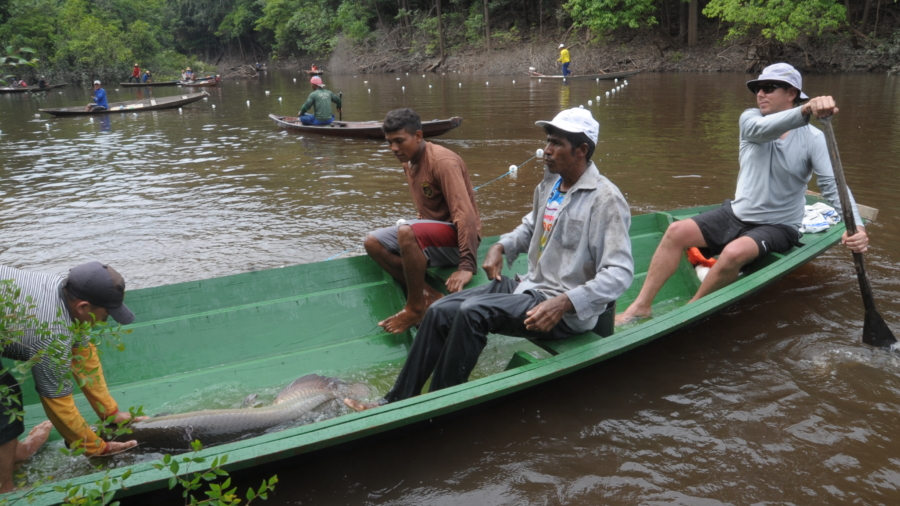
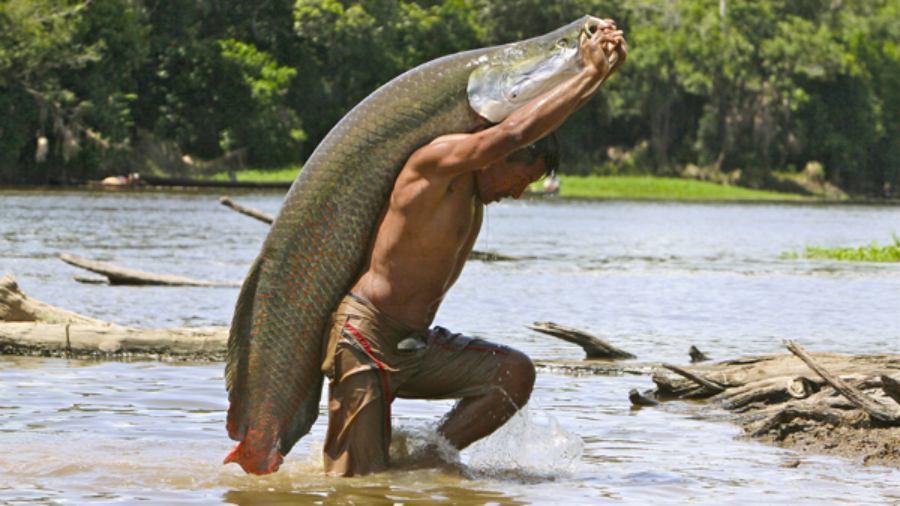
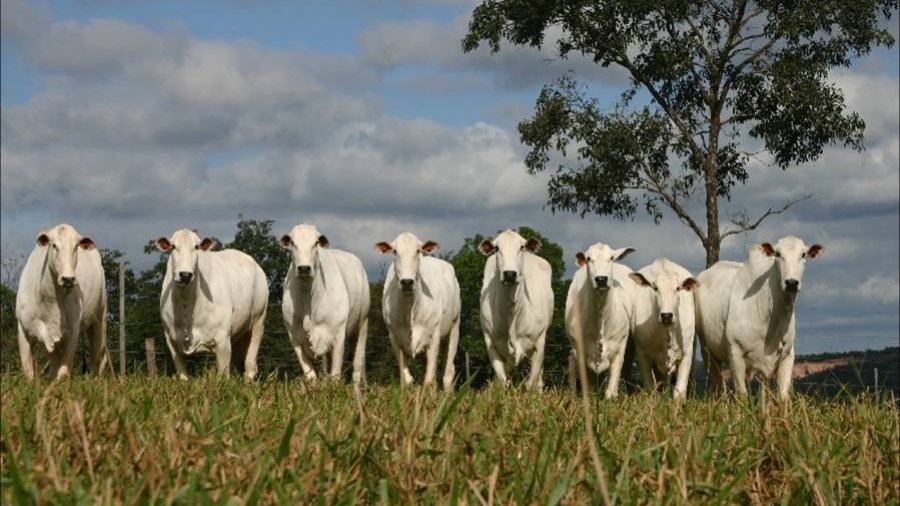

 Authors: Daniel Nepstad, David McGrath, Claudia Stickler, Ane Alencar, Andrea Azevedo, Briana Swette, Tathiana Bezerra, Maria DiGiano, João Shimada, Ronaldo Seroa da Motta, Eric Armijo, Leandro Castello, Paulo Brando, Matt Hansen, Max McGrath-Horn, Oswaldo Carvalho, Laura Hess.
Authors: Daniel Nepstad, David McGrath, Claudia Stickler, Ane Alencar, Andrea Azevedo, Briana Swette, Tathiana Bezerra, Maria DiGiano, João Shimada, Ronaldo Seroa da Motta, Eric Armijo, Leandro Castello, Paulo Brando, Matt Hansen, Max McGrath-Horn, Oswaldo Carvalho, Laura Hess.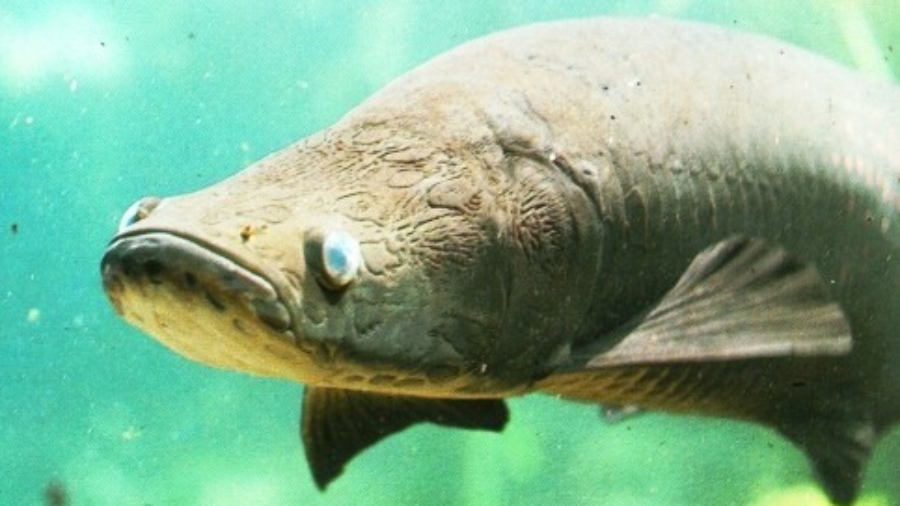
 NEW PROJECT: Management of commercially important fish populations requires understanding of fish population dynamics. As such, ongoing development of management efforts for Arapaima spp.—a widely overexploited fish species of the Amazon Basin—must be based on adequate scientific understanding of their biology and ecology. Previous studies have described the migration of arapaima in floodplain ecosystems of the Amazon. Many upland lakes, called ria lakes, which are surrounded by dry land, have populations of arapaima that are commercially exploited. In some cases, these lakes are connected to floodplain ecosystems, allowing for fish migration between these ecosystems. Many fishing communities inhabiting ria lakes of the Amazon are currently seeking to develop management systems for arapaima. However, lack of understanding of the migration of arapaima in ria lakes makes it difficult to devise effective management actions. The objective of the present study is to unravel the migratory behavior of arapaima in a ria lake of the Amazon.
NEW PROJECT: Management of commercially important fish populations requires understanding of fish population dynamics. As such, ongoing development of management efforts for Arapaima spp.—a widely overexploited fish species of the Amazon Basin—must be based on adequate scientific understanding of their biology and ecology. Previous studies have described the migration of arapaima in floodplain ecosystems of the Amazon. Many upland lakes, called ria lakes, which are surrounded by dry land, have populations of arapaima that are commercially exploited. In some cases, these lakes are connected to floodplain ecosystems, allowing for fish migration between these ecosystems. Many fishing communities inhabiting ria lakes of the Amazon are currently seeking to develop management systems for arapaima. However, lack of understanding of the migration of arapaima in ria lakes makes it difficult to devise effective management actions. The objective of the present study is to unravel the migratory behavior of arapaima in a ria lake of the Amazon.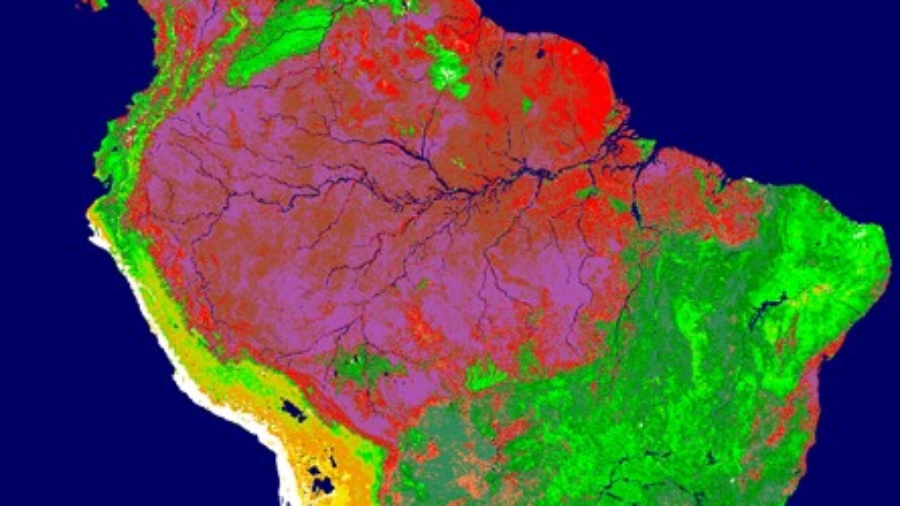

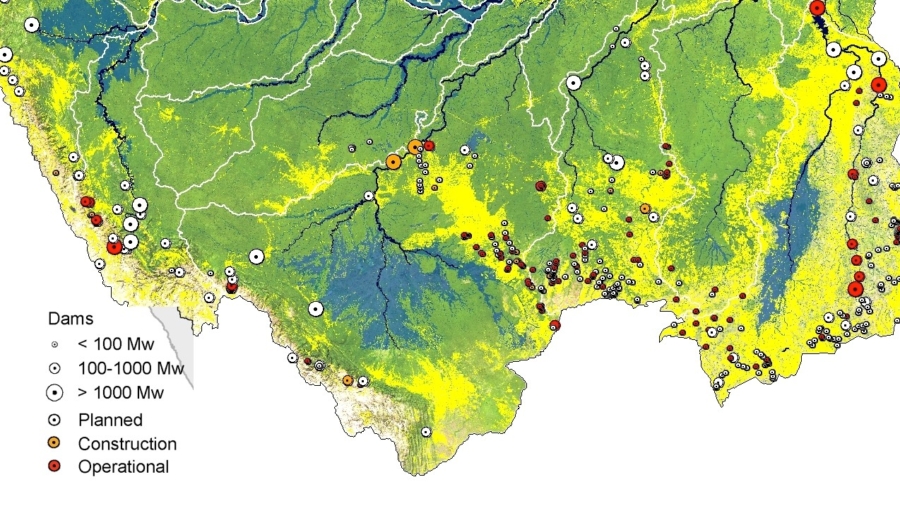

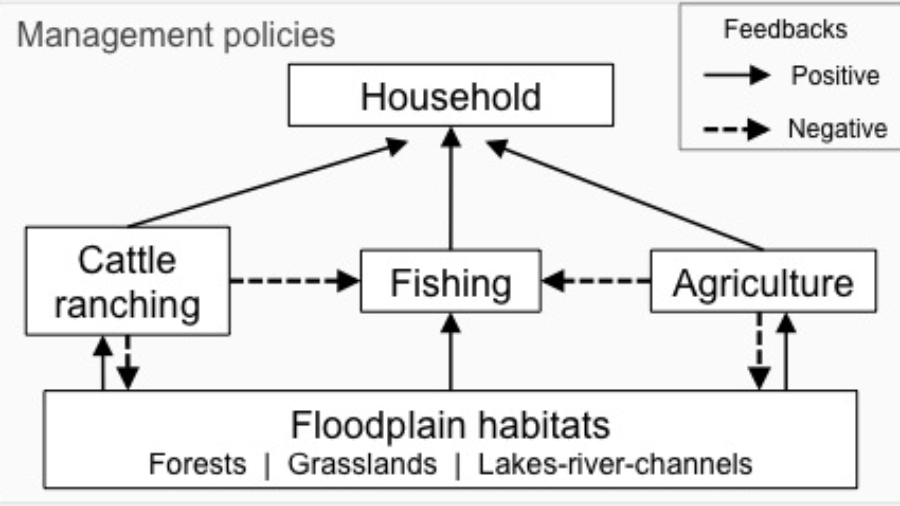

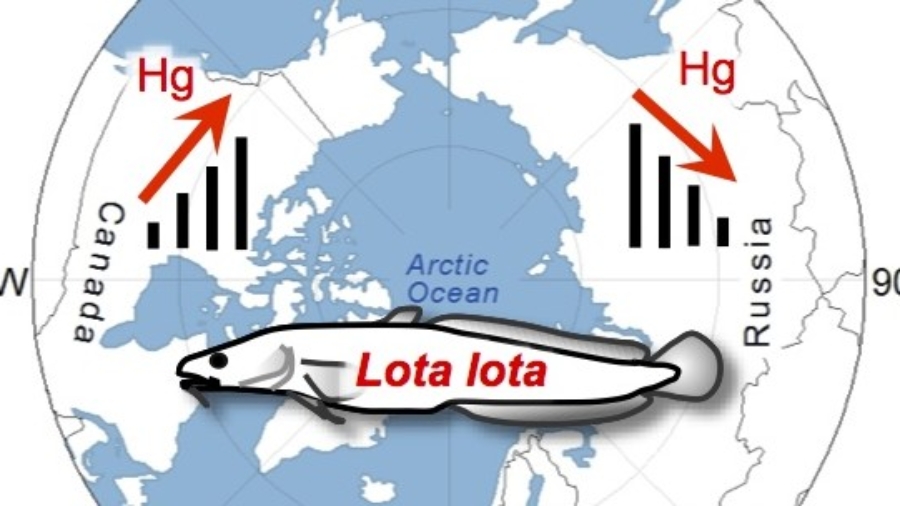

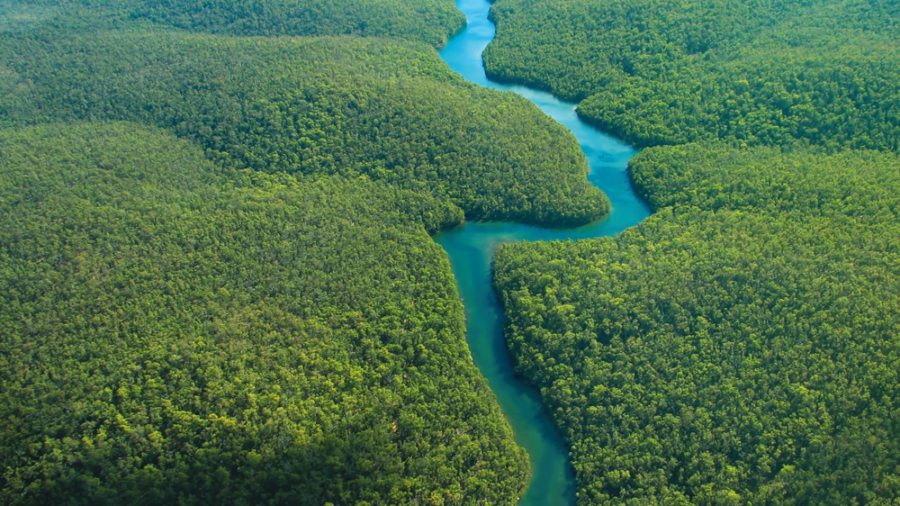
 LAB NEWS: A qualified and motivated candidate is sought to investigate hydrological influences on the dynamics of commercially important fish populations in the Amazon Basin. The selected candidate will design and conduct a catch data analysis plan to investigate the following two main research questions: (1) how natural fluctuations in river water levels affect the population dynamics and associated fishery yields of a chosen species (e.g., Prochilodus nigricans, Colossoma macropomum); and (2) how water level fluctuations altered by climate change and construction of dams impact fishery yields and associated food security. The candidate will collaborate with project participants in Brazil, and prepare scientific reports for publication in peer-reviewed journals. This project is part of a multidisciplinary research grant awarded by NASA.
LAB NEWS: A qualified and motivated candidate is sought to investigate hydrological influences on the dynamics of commercially important fish populations in the Amazon Basin. The selected candidate will design and conduct a catch data analysis plan to investigate the following two main research questions: (1) how natural fluctuations in river water levels affect the population dynamics and associated fishery yields of a chosen species (e.g., Prochilodus nigricans, Colossoma macropomum); and (2) how water level fluctuations altered by climate change and construction of dams impact fishery yields and associated food security. The candidate will collaborate with project participants in Brazil, and prepare scientific reports for publication in peer-reviewed journals. This project is part of a multidisciplinary research grant awarded by NASA.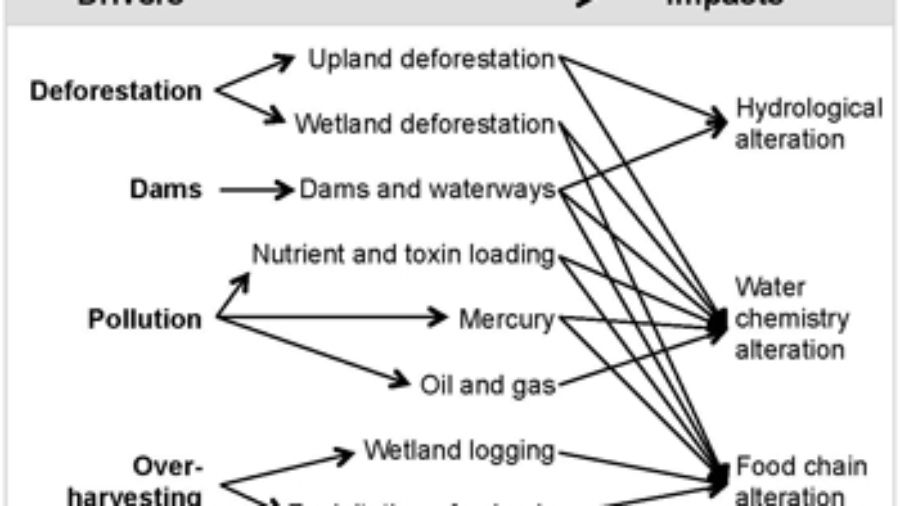
 Existing management policies–including national water resources legislation, community-based natural resource management schemes, and the protected area network that now epitomizes the Amazon conservation paradigm–cannot adequately curb most impacts. Such management strategies are intended to conserve terrestrial ecosystems, have design and implementation deficiencies, or fail to account for the hydrologic connectivity of freshwater ecosystems. There is an urgent need to shift the Amazon conservation paradigm, broadening its current forest-centric focus to encompass the freshwater ecosystems that are vital components of the basin. This is possible by developing a river catchment-based conservation framework for the whole basin that protects both aquatic and terrestrial ecosystems.
Existing management policies–including national water resources legislation, community-based natural resource management schemes, and the protected area network that now epitomizes the Amazon conservation paradigm–cannot adequately curb most impacts. Such management strategies are intended to conserve terrestrial ecosystems, have design and implementation deficiencies, or fail to account for the hydrologic connectivity of freshwater ecosystems. There is an urgent need to shift the Amazon conservation paradigm, broadening its current forest-centric focus to encompass the freshwater ecosystems that are vital components of the basin. This is possible by developing a river catchment-based conservation framework for the whole basin that protects both aquatic and terrestrial ecosystems.